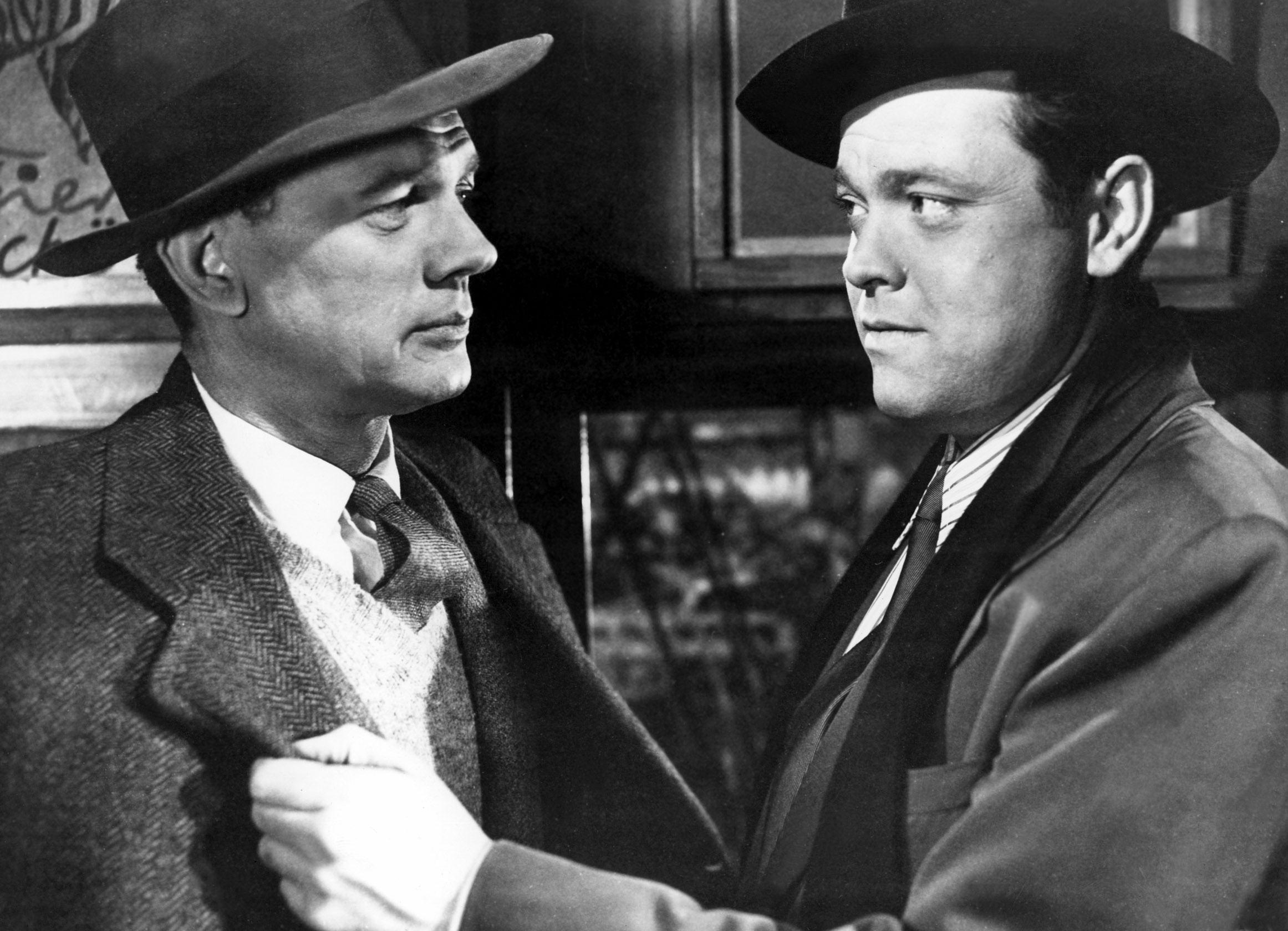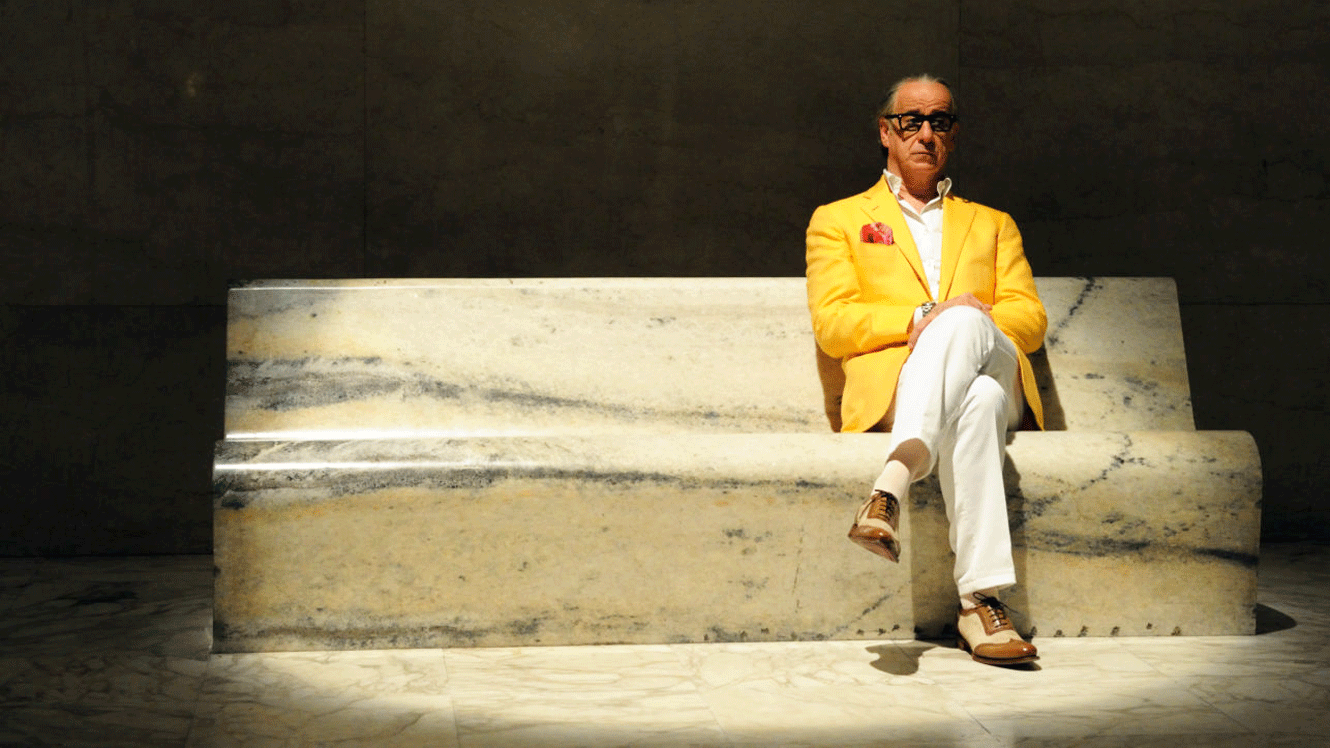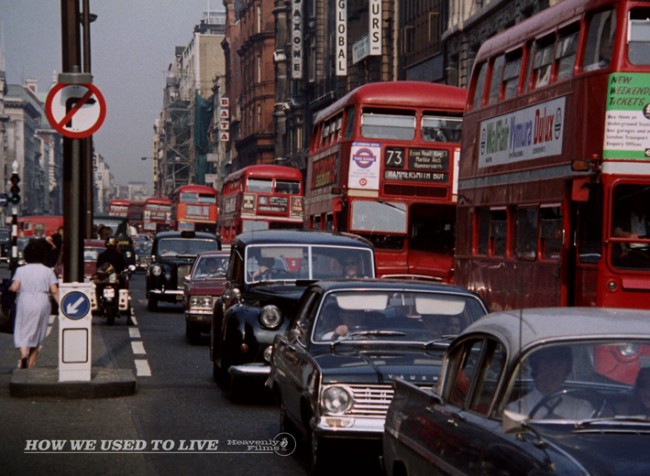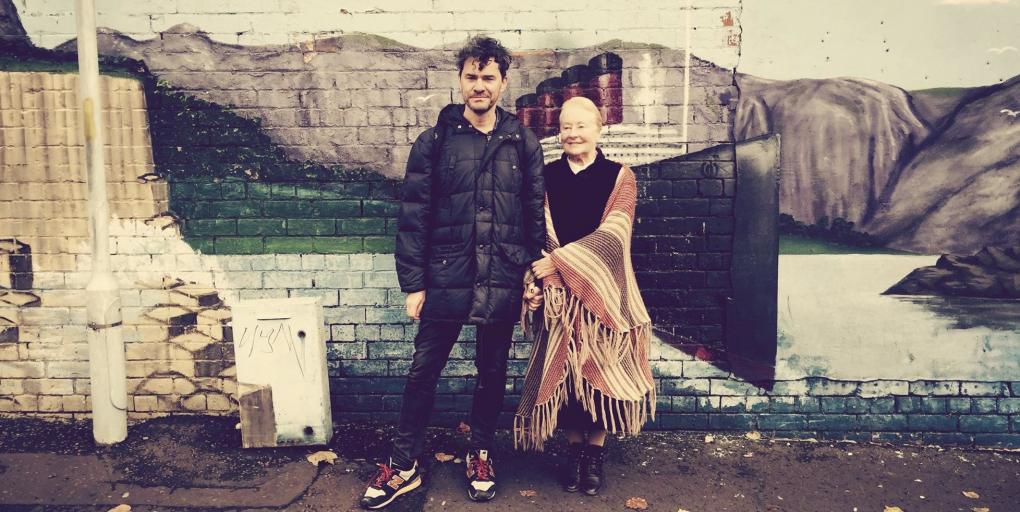“I like films with a structure, but not necessarily a story,” filmmaker Mark Cousins has said. He clearly has a thing for cities as well: his previous film, I Am Belfast, was a beautifully realised visual poem that reconnected him with the city he left behind.
With new film Stockholm My Love, headed for the Hyde Park Picture House, we suggest five more city film break destinations – plus a suitable travelling companion to share it with.

People On Sunday (Robert Siodmak & Edgar G Ulmer, 1930, Ger)
One of the neglected masterpieces of German cinema, People on Sunday is a freewheeling snapshot of Berlin in the tumultuous final moments of the Weimar Republic. Following four friends as they spend one Sunday in the park together, flirting, cavorting, falling-out and making up, the film is an improbable collaboration between legendary filmmakers Billy Wilder, Curt and Robert Siodmak, Edgar G Ulmer and Fred Zinneman – all of whom would decamp for Hollywood within a few years of the film’s completion. That People on Sunday continues to feel surprisingly fresh and contemporary is largely thanks to the frank, naturalistic performances from its young, non-professional cast, some restless handheld cinematography and inventive use of proto-jump cut editing techniques.
Watch with Wings of Desire (Wim Wenders, 1987, Ger)

The Third Man (Carol Reed, 1949, UK)
With its familiar distinctive score and the looming presence of Orson Welles, it is easy to forget what a wonderfully dark and untypically British film The Third Man is. Adapting Graham Greene’s claustrophobic, sharply cynical tale of black market cross and double-cross in post-war Vienna, Carol Reed yoked himself to a stylised vocabulary of crisp chiaroscuro textures and corkscrew angles, injecting an unsettling, alien otherness into his bomb damaged locations. In Harry Lime, The Third Man also contains one of Welles’s most finely nuanced performances (whatever privately the erstwhile contrarian had to say on the matter).
Watch with Odd Man Out (Carol Reed, 1947, UK)

The Great Beauty (Paolo Sorrentino, 2013, It)
Jep Gambardella, a louche, fifty-something journalist, wanders the streets of Rome at night, pondering the meaning of his life which consists of a seemingly endless round of Bacchanalian openings, parties and cynical close-encounters with bitter socialites, crack-pot performance artists and philosophical strippers. Of course, it all looks rather fabulous and Rome has rarely been as ravishing. But it’s the film’s love of the everyday theatre of the absurd – a tattooed exotic dancer in a glass booth, a child hiding from her mother in an underground room, a warbling club singer with her leg in a cast – that sets The Great Beauty apart. Nor is it afraid to mine a dark seam of comic poignancy – a Countess listening to a museum exhibit commentary about her mother’s death, the Japanese tourist who quite literally sees Rome and dies.
Watch with The Belly of an Architect (Peter Greenaway, 1987, UK/It)

How We Used to Live (Paul Kelly, 2014, UK)
The culmination of a series of film collaborations between pop group Saint Etienne and director Paul Kelly, How We Used to Live is an endlessly fascinating meditation on post-war optimism, and its subsequent disarray. Lyrical, elegiac and sometimes strident in tone, the film skilfully interleaves documentary footage drawn from the BFI’s National Archive over an allusive, sardonic commentary that is equal parts Humphrey Jennings, Ian Nairn and Jonathan Meades. The score by Saint Etienne’s Pete Wiggs, is fine-tooled and gorgeous, mixing lush pastoral abstractionswith ice-cool electronica.
Watch with London (Patrick Keiller, 1994, UK)

I Am Belfast (Mark Cousins, 2015, UK)
I Am Belfast is a gentle film that maps the imagination of the city as it emerged from the fog of a low temperature war. Mark Cousins moved away from there in his late-teens and never really returned. Before commencing to shoot, the director spent six months walking every street, gradually attuning to the hum of reconnection. Exquisitely shot by cinematographer Christopher Doyle, with a palette of autumnal colours to match the its melancholy tone, the film is a meditation on self-loss and rediscovery. Personified in the strikingly handsome form of actress Helena Bereen – who possesses one of those faces that cinema seems to have forgotten – Belfast is a duality, what Cousins describes as ‘salt and sweet.’
Watch with Good Vibrations (Lisa Barros D’Sa & Glenn Leyburn, 2012, UK/Eire)
Stockholm My Love is at Hyde Park Picture House on Tuesday 11th July 2017 at 18.30. For further information, including tickets click here.

I’m going to Winnipeg
My Winnipeg what follows is from IMDB but I have seen this film and like it a lot.
Filmmaker Guy Maddin was born, raised and has always lived in Winnipeg, Manitoba, a town where he says everyone sleepwalks through life. He is trying to escape Winnipeg, but isn’t sure how as he isn’t sure what’s kept him there in the first place.
Perhaps his parent’s month long 65th wedding anniversary celebration (despite his father being dead for some years) where he will re-enact his childhood (with actors playing his family, except his mother who plays herself) in the old family home at 800 Ellis Avenue, which was above the family’s hair salon business, will provide some answers.
He recounts some civic events which have affected him and the life of Winnipegers: the 1919 general strike, the destruction of the Wolseley Elm in 1957, and the replacement of the iconic Eaton’s building for the new hockey arena in favour of the old Winnipeg Arena. The latter has an especially close connection to him because of a family tie and the rich history of hockey in the city